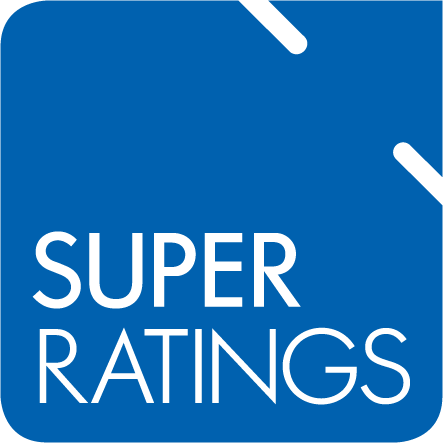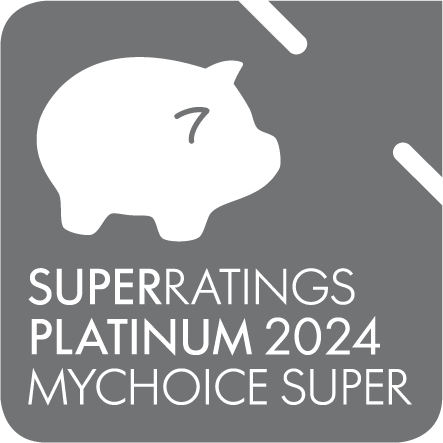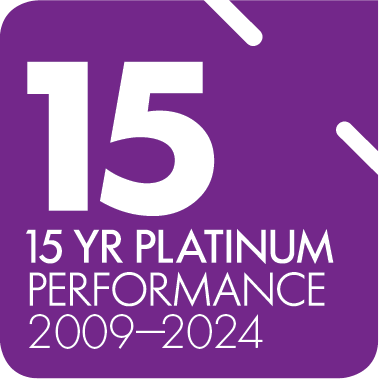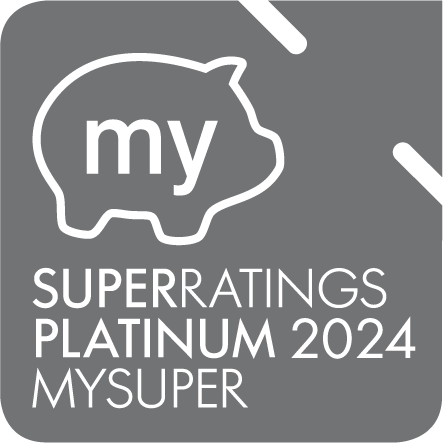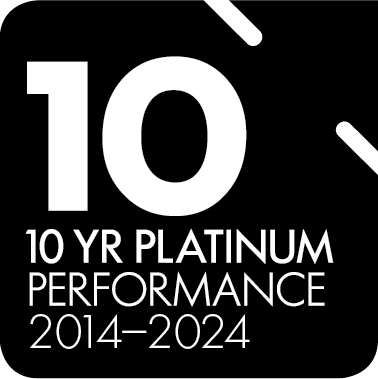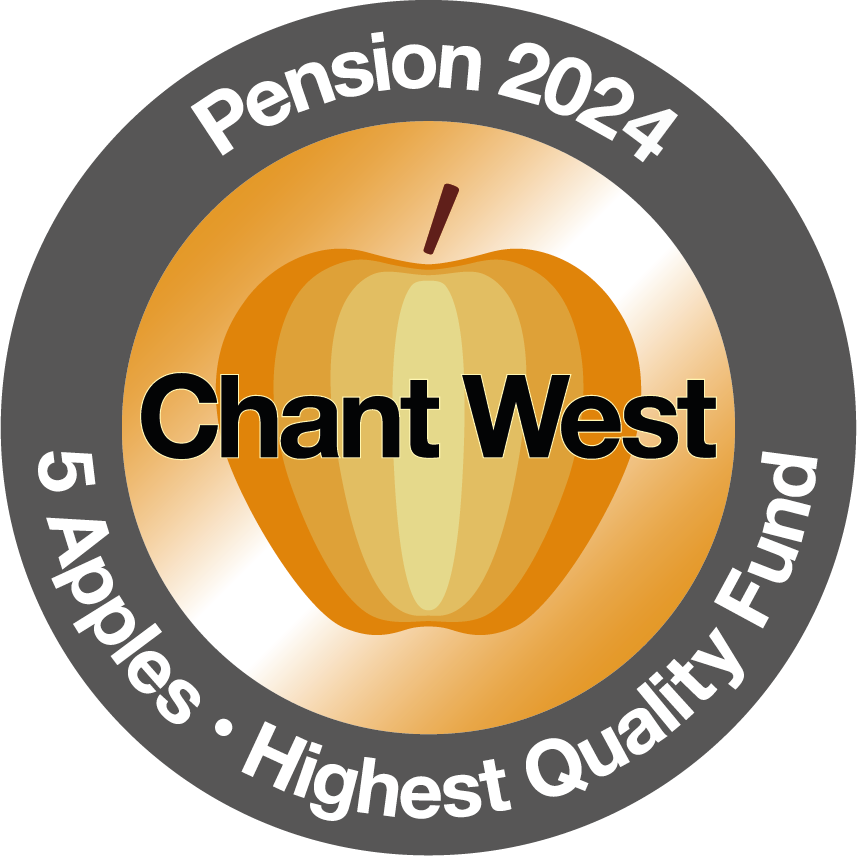You can start making super contributions from any age, but you can't request a release of amounts under the FHSS scheme until you are 18 years old, and you:
- Have never owned property in Australia – this includes an investment property, vacant land, commercial property, a lease of land in Australia, or a company title interest in land in Australia (unless the ATO determines that you have suffered a financial hardship)
- Have not previously requested the Commissioner to issue a FHSS release authority in relation to the scheme.
Eligibility is assessed on an individual basis. This means that couples, siblings or friends can each access their own eligible FHSS contributions to purchase the same property. If any of you have previously owned a home, it will not stop anyone else who is eligible from applying.
The property you purchase must be a residential premises and you have up to 12 months from the time you receive an FHSS payment from the ATO to sign a contract to purchase or construct a home. If you purchase a block of land to build your home on, you must have a contract in place to construct the home with the 12-month period.
For more information on the terms and conditions of eligibility for the FHSS scheme, please visit the ATO website.
